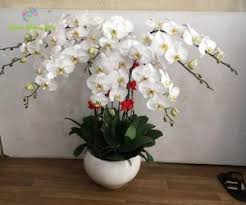Preventing Intestinal Worms in Cats: A Guide to Using Panacur for Prevention
Intestinal worms pose a common threat to the health of our feline companions, and proactive prevention is key to ensuring their well-being. Panacur, a trusted deworming medication, plays a crucial role in preventing and managing intestinal parasitic infections in cats. In this guide, we’ll explore effective strategies for preventing worm infestations in cats using Panacur.

1. Understanding the Risk Factors:
Cats are susceptible to various intestinal worms, and certain factors increase their risk of infestation. Outdoor exposure, hunting behavior, contact with infected animals, and unsanitary living conditions can elevate the likelihood of worm infections. Recognizing these risk factors is the first step in implementing a comprehensive prevention plan.
2. Regular Veterinary Check-ups:
Schedule regular veterinary check-ups to assess your cat’s overall health and identify any signs of parasitic infestation. Your veterinarian can recommend a customized preventive plan based on your cat’s lifestyle, risk factors, and specific health needs.
3. Establishing a Deworming Schedule:
Work with your veterinarian to establish a regular deworming schedule for your cat. Panacur is often prescribed for routine preventive deworming, and the frequency of administration will depend on factors such as your cat’s age, lifestyle, and potential exposure to parasites.
4. Administering Panacur Preventively:
Follow your veterinarian’s instructions on the appropriate dosage and administration of Panacur for preventive purposes. Panacur is available in various formulations, and your veterinarian will guide you on the most suitable form for your cat—whether it’s granules, paste, or liquid.
5. Hygiene and Sanitation:
Maintain a clean and hygienic living environment for your cat. Regularly clean litter boxes, wash bedding, and ensure that your cat has access to clean water. These practices help minimize the risk of environmental contamination with parasite eggs.
6. Flea Control:
Since fleas can transmit certain types of tapeworms, incorporating effective flea control measures into your preventive strategy is crucial. Consult with your veterinarian to choose the most suitable flea prevention products for your cat.
7. Monitoring and Reporting:
Keep a close eye on your cat’s behavior, litter box habits, and overall health. If you notice any signs of gastrointestinal distress, changes in appetite, or abnormal behavior, report them to your veterinarian promptly. Early detection and intervention contribute to more effective treatment outcomes.
Conclusion: A Healthy Future for Your Cat with Panacur Prevention
By incorporating Panacur into a comprehensive preventive care plan, you’re taking a proactive step towards ensuring the health and vitality of your feline friend. Collaborate closely with your veterinarian to tailor a preventive strategy that suits your cat’s individual needs, providing them with a healthy and happy life free from the threat of intestinal worms.



